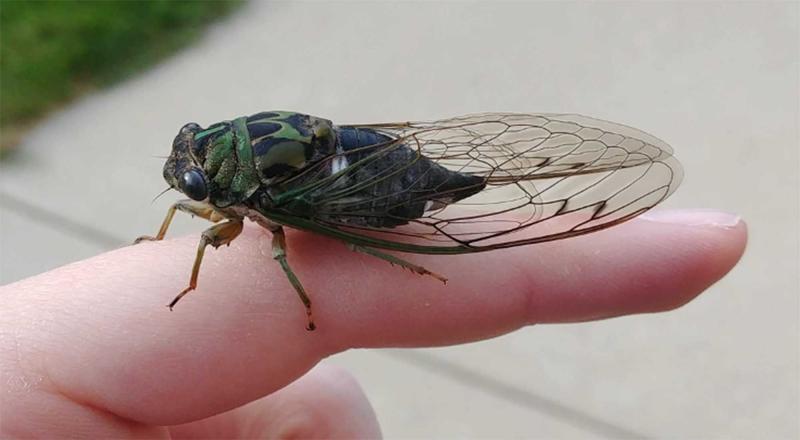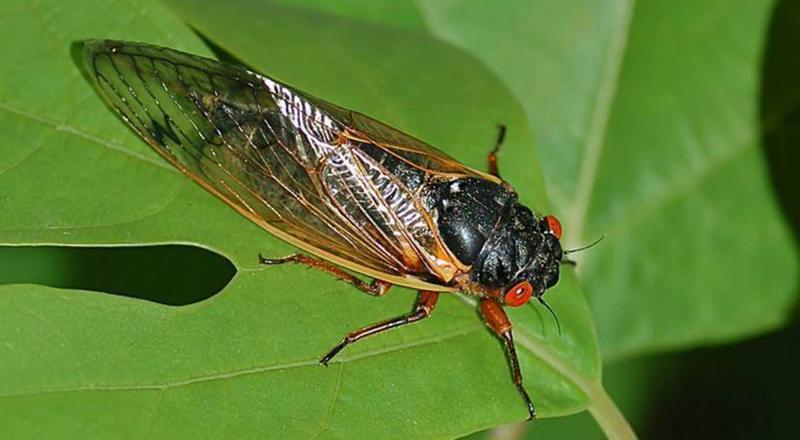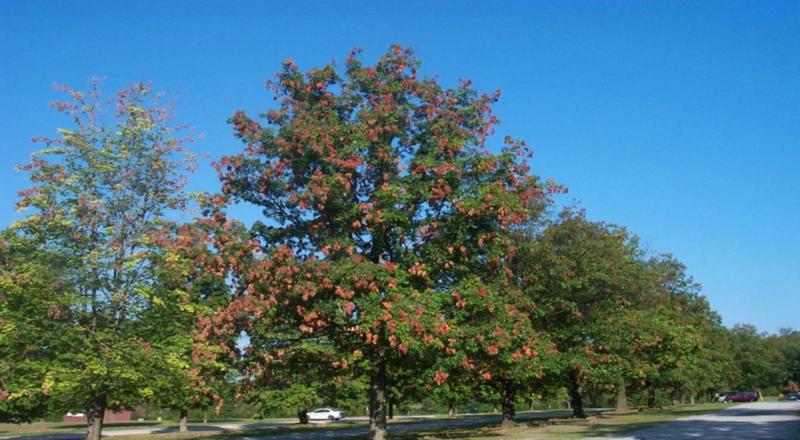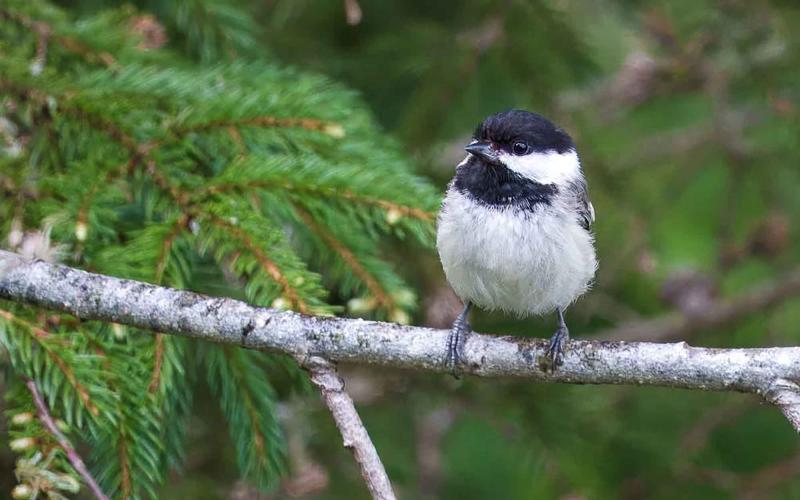
Each summer we hear a droning buzz that comes from the trees. Many residents of South Dakota attribute this noise to locusts. But that isn’t what is making the buzzing sound! The insects responsible for the buzz are actually called cicadas (Figure 1).
In South Dakota, there are approximately 17 species that may be observed. The noise that we sometimes find annoying is actually a mating call that is produced by the males in hopes of attracting female cicadas. Each species of cicada has a unique mating call, which allows different species to exist in the same area. Some cicadas can produce mating calls that are more than 100 decibels when you are standing near them, and the call can be heard from as far as 1.5 miles away.

The mating call is produced by specialized organs called tymbals. Each male cicada has a pair of tymbals that are located on the sides of their abdomen. A tymbal is made up of ribs. A muscle pulls the ribs inward and together, which causes each rib to produce a clicking noise and a second noise when they are released. This action is repeated 300-400 times per second and the result is the audible mating calls that we are familiar with.
Lifecycle
Depending on the species, cicada lifecycles can range from 2-17 years. The periodical cicada, Magicicada septendecim, has a lifecycle of 17 years but doesn’t occur in South Dakota (Figure 2). Most cicadas that are present in South Dakota have a lifecycle that varies from 2-5 years.

In the spring, fully developed nymphs burrow out of the soil and climb tree trunks, fences, or whatever suitable structure is nearby. These nymphs will split the back of their epidermis and emerge as adult cicadas.
The adults leave behind their nymphal case or exuvia (Figure 3), which will remain attached to whatever they climbed. Once they have emerged, adults will move into vegetation including trees, tall grass or shrubs. The mating call is produced by the males to attract female cicadas.
Once mated, the female cicadas use their saw-like ovipositor to deposit clusters of eggs into twigs and small branches of trees.

Adult cicadas live 5-6 weeks or more depending on the species. When the eggs hatch, small nymphs drop from trees and burrow into the soil near the base of the trees.
The nymphs will feed on the roots of the trees and may burrow several feet below the soil surface. The nymphs will remain in the soil until they emerge 2-5 years later.
Most cicadas do not cause noticeable injury to trees. Some branches in infested trees may die, but the species in South Dakota do not pose as much of a threat to tree health as the periodical cicadas do (Figure 4). For this reason, we don’t recommend managing cicada populations in South Dakota.


